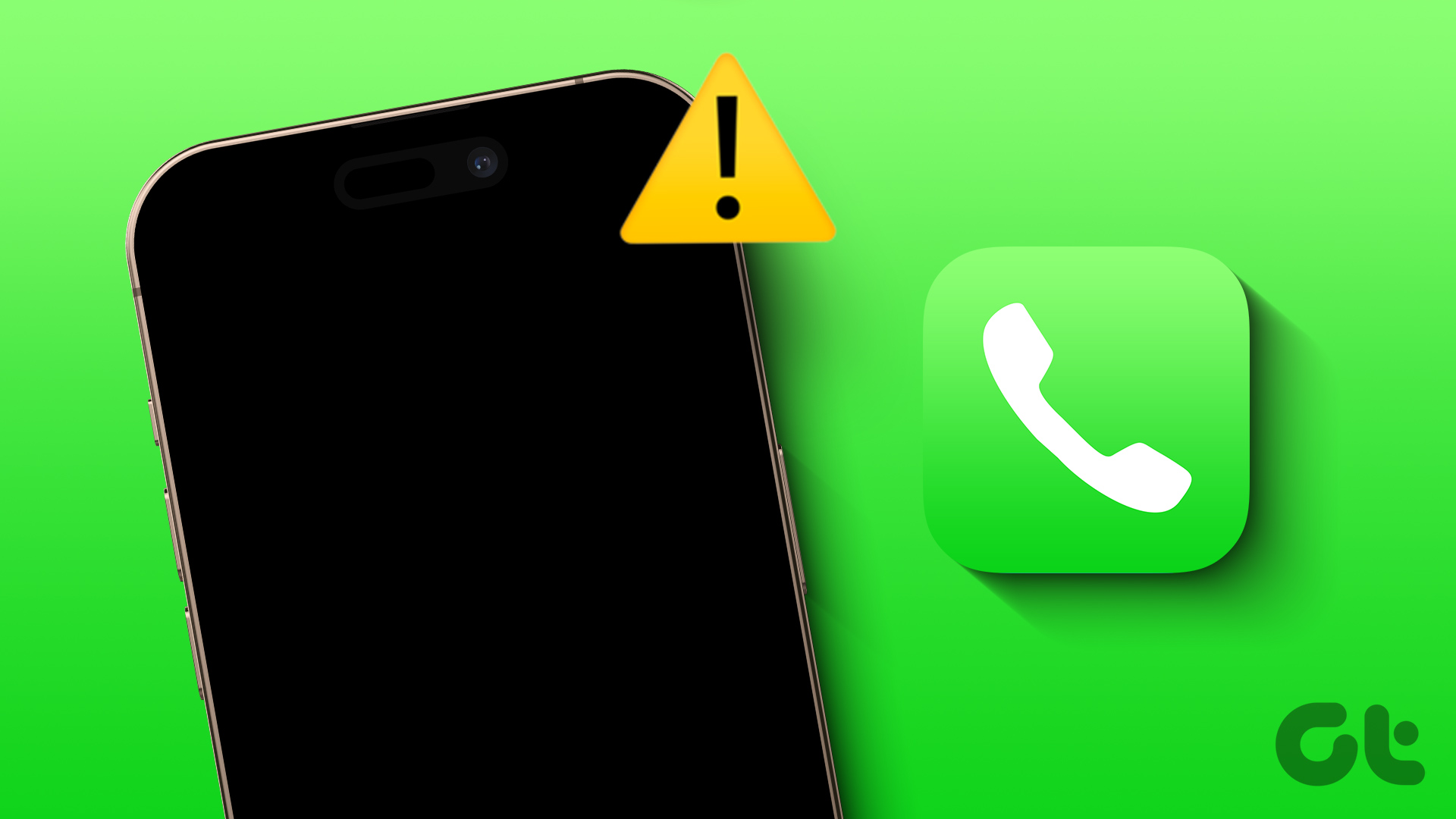Technical Limitations or Design Choices
- The power button on most smartphones is designed to end a call or lock the screen during an active call, not to power off the device completely.
- This is because powering off the device would abruptly terminate the call and disconnect the user from the cellular network, which could be inconvenient or even dangerous in some situations.
- For example, if the user is on an emergency call, powering off the device could prevent them from getting help or communicating vital information.
- Additionally, powering off the device during a call could cause software glitches or hardware damage, as the device may not have enough time to properly shut down all the processes and components involved in the call.
Potential Risks or Consequences
-
Depending on the device model and operating system, powering off the device during a call could result in some of the following risks or consequences:
- The call may not be properly recorded or logged in the call history.
- The device may not be able to receive incoming calls or messages until it is powered on again.
- The device may lose some data or settings that were not saved before powering off.
- The device may experience performance issues or battery drain after powering on again.
- The device may not power on again at all, requiring a hard reset or a visit to a service center.
Alternative Solutions or Workarounds
-
If the user needs to power off their phone during a call, they can try some of these alternative solutions or workarounds:
- End the call first by pressing the power button (on Android) or tapping the red button on the screen (on iOS), then power off the device normally.
- Use another device to make or receive the call, such as a landline phone, a tablet, a laptop, or a smartwatch, then power off the phone without affecting the call.
- Put the phone on airplane mode or turn off cellular data and Wi-Fi, which will effectively disconnect the phone from the network without powering it off completely.
- Use a third-party app that allows users to customize the power button functionality, such as Smart Screen On Off for Android.
Different Operating Systems
- Different operating systems handle the power-off functionality during an ongoing phone call differently, depending on their design and user preferences. Here is a table that summarizes how Android and iOS handle this functionality:
| Operating System | Power Button Behavior | How to Power Off During Call |
|---|---|---|
| Android | Ends call | Press Volume + Power buttons |
| iOS | Locks screen | Swipe up and tap Power Off |
- The reasons behind these implementations are mainly based on user feedback and convenience. Android users prefer to have a quick way to end a call with one button, while iOS users prefer to have more control over their screen during a call.
Reasons for not being able to power off system during an active phone call
| System | Reason | Solution |
|---|---|---|
| Jeep Cherokee | Software glitch | Factory reset or battery disconnect |
| Samsung phone | Proximity sensor blocked | Remove accessories or clean sensor |
| Jeep Wrangler | Bluetooth issue | Turn off Bluetooth or restart phone |
| iPhone | Emergency call mode | End the call or wait for timeout |
| Android phone | Power button broken | Replace the button or use software option |
| Laptop | Skype call in progress | Close Skype or mute microphone |
| Landline phone | Power outage | Use corded phone or backup battery |
| Radio | Interference from nearby device | Turn off device or move away from it |
| TV | Remote control malfunction | Check batteries or use manual button |
| Microwave oven | Timer not finished | Press stop or open the door |

